The content of the article
Clean bedding promotes sound sleep, as a result of which the general condition of the body improves, mental and physical activity is activated. For this reason, it is necessary to conduct regular hygiene in compliance with all requirements for the type of fabric from which the product is made. After washing the bedding, it is recommended to iron and starch it so that the sheets are crisp from clean.
Practical recommendations
- Do not store dirty linen in the basket for extended periods. Wash products as necessary, but at least 1 time per week for pillowcases and sheets, 1 time in 1.5 weeks for duvet covers.
- Recently, manufacturers began to produce laundry detergent in liquid form, it is ideal for bedding. Loose powders, in turn, get stuck in layers of pillowcases and duvet covers, which negatively affects the health of allergy sufferers and young children.
- If you just purchased bedding, send it to the laundry separately from other products. This will help wash away excess stains and germs.
- People who often receive overnight stays need to wash their laundry after use. These are basic hygiene rules that should not be violated.
- Do not use fabric softener in large quantities. It is poorly washed out of the tissue structure and acts as a magnet for dust and products of the activity of the sebaceous glands.
- Regularly monitor the seals in the doors of the washing machine, they must be kept clean. Always turn on the double rinse mode when washing clothes.
- Do not make the typical mistake of washing your handkerchiefs or socks with bedding. Even fabrics that, in your opinion, no longer fade, give light linen a grayish or yellowish tint.
- Observe the weight requirements: the volume of dry bedding during loading into the machine should not exceed 2.2-2.5 kg. In order to correctly calculate the total weight, it is necessary to proceed from the following indicators: the weight of the pillowcase varies from 0.15 to 0.25 kg., The sheet weighs about 0.35-0.5 kg., The duvet cover is heavier than the others - 0.55-0.9 kg Make sure that the laundry moves freely around the drum, even if your machine requires a large volume.
- Before direct washing in the machine, remove stains on the surface of the laundry. Turn out a duvet cover and pillowcases, shake out dust from corners. Do not forget to fasten the clothes on the buttons / snakes.
- There are no universal methods of washing clothes, there are only approximate recommendations. For this reason, before each treatment, pay attention to the label on the back of the product. The manufacturer indicates the exact temperature, the ability to spin, the required amount of powder and rinse aid. Print yourself a transcript of the icons indicated on the label.
How to wash clothes from different types of fabric
If you need to wash several sets of linen from different types of fabric, load the machine in turn. Do not forget to separate baby bedding from an adult, they are also washed separately. As for color, white (light) products are processed separately from color ones.
Calico
- Light linen. Products of this kind must first be soaked in a basin with the addition of machine wash powder. The exposure time is 2 hours. White bedding is allowed to boil and bleach, and then send to wash in the machine at 60 degrees. Since the structure of the fabric does not imply the formation of strong creases, it is allowed to set the spin cycle to 800-1000 rpm.
- Colored lingerie. A distinctive feature of washing bright items is the complete absence of soaking. With prolonged contact with water, persistent dyes are washed out, as a result of which the linen dims. As for the temperature of the wash, it should not exceed the mark of 40 degrees. The spin mode is the same as in the case of light linen.
Important!
When washing coarse calico colored clothes, give preference to liquid cleaners, they do not leave stains. Make sure that the powder does not contain bleaching components.
Synthetics
Products of this kind, both white and colored, are washed only at a temperature of 30-40 degrees and the degree of extraction from 600 to 1000 revolutions. At high rates, spools appear on the surface. Many manufacturers produce bedding made from natural fabrics, but in addition they add 5-20% synthetics for a beautiful texture or create a bright pattern. For this reason, you should always look at the label so as not to accidentally ruin the product.
Satin
Satin bedding is durable and durable, and the product is incredibly smooth to the touch. As a rule, satin linen is quite dense, so removing stains will be extremely difficult. Nevertheless, before direct processing, you should get rid of dirt with professional stain removers for white or colored linen. Satin products are highly discouraged from soaking. They are washed in a machine at 600-700 rpm and a temperature of 40 degrees.
Linen
Poplin
Poplin bedding is very popular because it does not require special washing conditions. Strong and old pollution are removed from the structure of the fabric even at 45 degrees. Optionally, you can soak white linen in hot water (60 degrees) by adding powder for hand washing.
It is allowed to boil poplin at elevated temperatures (90-95 degrees), but, as a rule, this is not necessary. Normal washing should be carried out at a temperature of 40-60 degrees, and the degree of extraction at 800-1000 revolutions.
Silk
The fabric sheds much, so silk products are not allowed to be machine wash with an extraction. In this case, it is necessary to set the “Hand Wash” mode; if not, treat the bedding at a temperature of 30 degrees. At the same time, in addition to the usual air conditioner, you need to add an agent with an antistatic effect. Unlike other types of fabric, silk cannot be dried in a machine or in direct sunlight, otherwise stains will appear on the linen.
Bamboo, viscose and cambric are processed in the same way as silk (temperature - 30 degrees, no extraction). Modern washing machines are equipped with the appropriate modes for different types of fabric, so most likely you do not even have to set indicators manually. If such a need arises, do not forget to examine the label to avoid possible molting and settling of the fabric.
Video: how to properly care for bedding


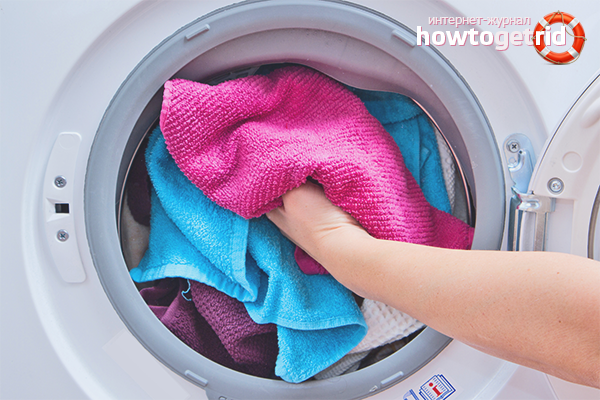
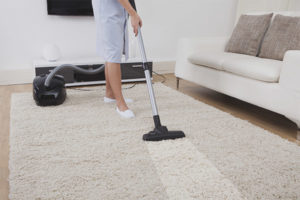

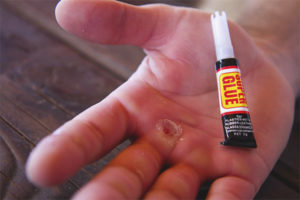

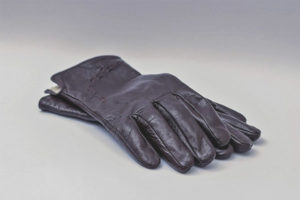


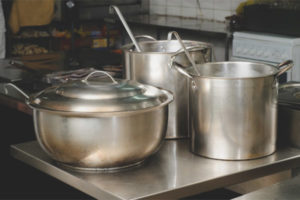
Submit